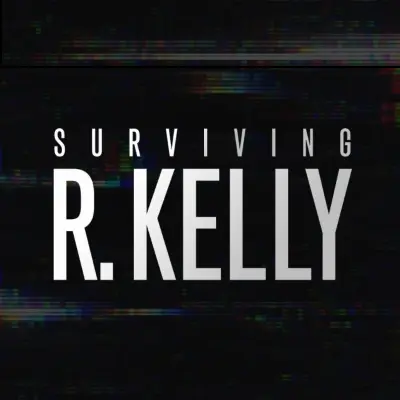Surviving R. Kelly Part II: The Reckoning incorporates, and interrogates, the assertions of the singer’s defenders
-

Airing on Lifetime over three nights this week, the five-episode follow-up to Surviving R. Kelly "elaborates on known allegations, brings new ones to the forefront, unpacks the cultural context for abuse, and describes the reception to the documentary’s first edition," says Spencer Kornhaber. "Moreover, it demonstrates that any 'limelight' alleged victims receive is dangerous, that the American justice system often proves insufficient to stop serial abusers, and that no amount of evidence will lead certain people to condemn a culturally prominent predator. Like its predecessor, the documentary is a piece of workmanlike TV that relies on restless editing, conspicuous background music, and repetition, with talking heads providing both sharp insight and familiar platitudes. Some of the alleged victims who participated in the first documentary have declined to sit for the second one and have alleged behind-the-scenes insensitivity by Lifetime’s team. Many of R. Kelly’s accusers, though, do return. There’s no denying the force of the material here nor of the ambitious, decades-spanning, multi-angle tale that the series tells."
ALSO:
- Survivng R. Kelly producers were initially resistant to doing Part II: "At first we were adamantly against doing a Part 2," says Lifetime executive Brie Miranda Bryant, who is also an executive producer on the docuseries. "The discussion came up post-Part 1 with everyone asking when there was going to be a Part 2 and, 'have we considered it?' The answer was, 'Absolutely not.' We were all pretty nervous about what had just occurred and how much impact the doc had had, and the conversation around it. We didn’t want to jeopardize it. There was a lot more that we knew at that point, and then more started coming out after the docuseries released, but we were really not sure if we could do the same thing that we did for Part 1 for a Part 2. At some point, a reporter shared a conversation that they had had with authorities where clear evidence of tapes and pictures of sexual abuse of minors had been obtained and those charges were dropped, and the reporter wanted to know why. And the answer the reporter got from those authorities was, 'They’re not our girls.' And I think once we heard that story, we knew that we had to do a Part 2. Just for humanity’s sake. For believability. For the survivors who had been questioned after the doc about the validity of their stories. And for the parents who had also been called to the table. So that’s how Part 2 came around; about four months after."
- One of the most eye-opening revelations in Part II is R. Kelly’s alleged intimidation of his accusers
TOPICS: Surviving R. Kelly, Lifetime, Brie Miranda Bryant, R. Kelly, Documentaries
More Surviving R. Kelly on Primetimer:- TV documentaries are having a real-life impact, from Framing Britney Spears to Surviving R. Kelly to Who Killed Malcolm X?
- TV helped take down R. Kelly after the music industry coddled him
- R. Kelly found guilty of sex trafficking underage girls, facing 10 years to life imprisonment
- From Framing Britney to Allen v. Farrow: Documentaries are influencing how celebrities are perceived
